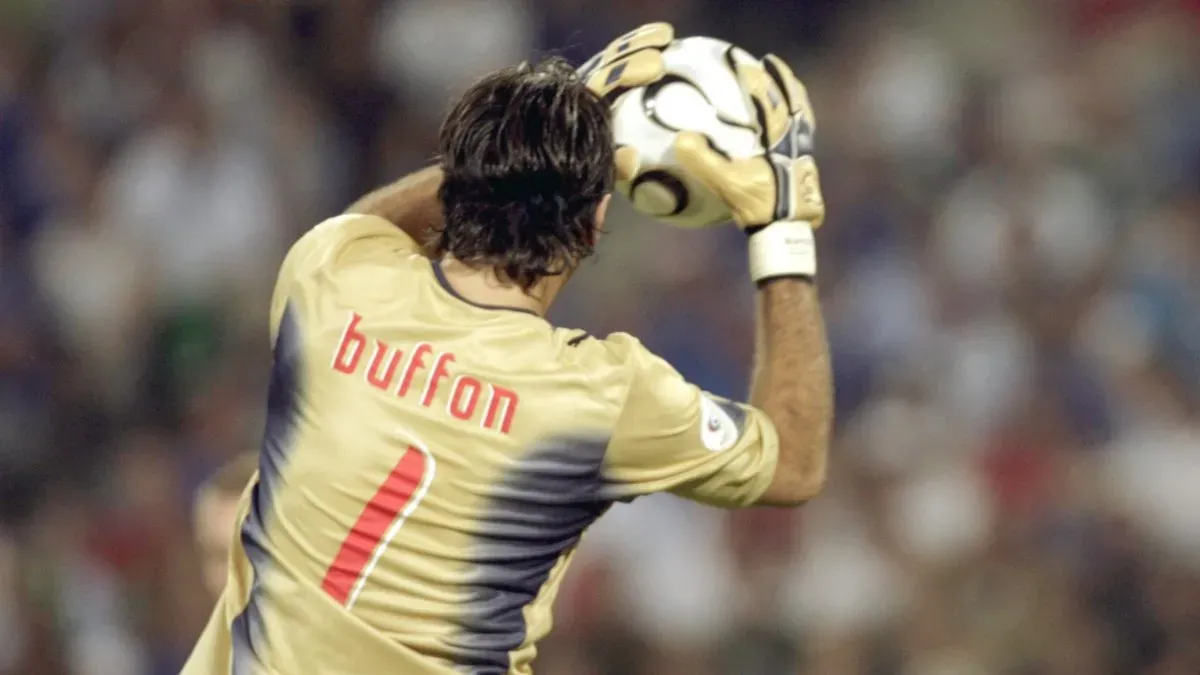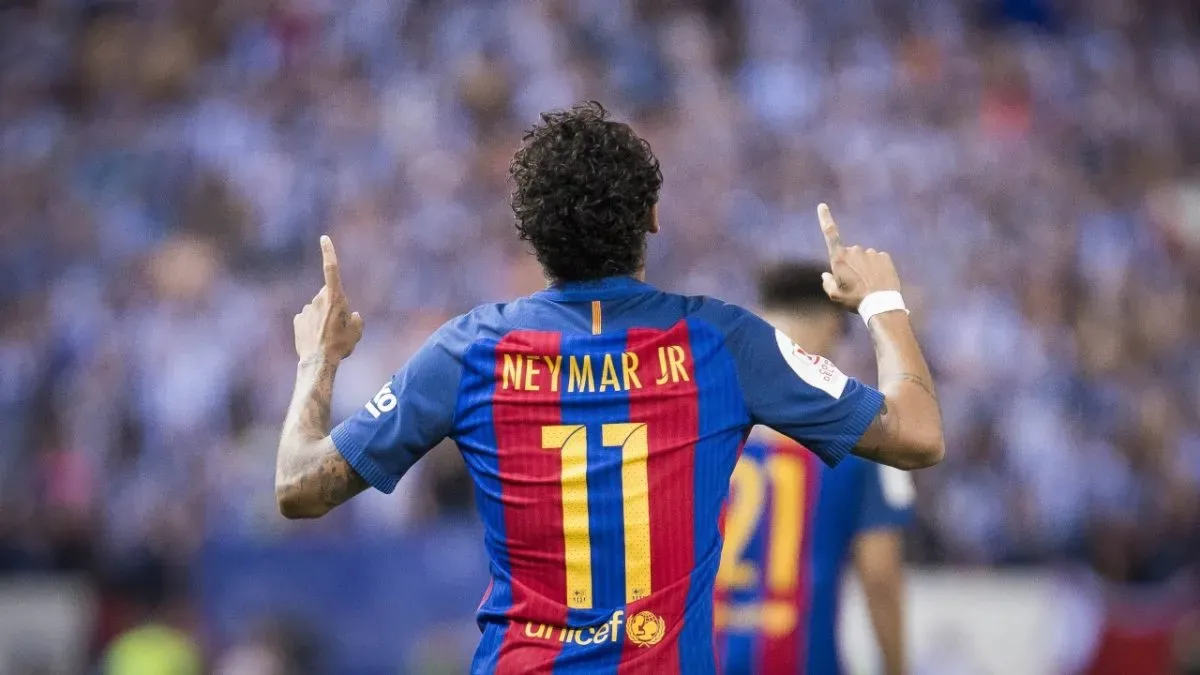In terms of participation rates, soccer dominates all other sports worldwide. There are over 250 million players in over 200 nations, and training may begin as early as the age of three. That does not even take into consideration the approximately 3.5 billion supporters throughout the globe.
People often flock to play soccer since it is very simple to pick up. For those who grew up watching it on TV or playing the game with relatives and friends, it is a thrill to see it played at a high level. If you are unfamiliar with the sport, however, watching a live match and keeping track of who is doing what might be challenging.
It might be difficult for non-sports fans to make sense of the position numbers given to players. The coordination and strategy of a team in soccer heavily depend on the positions assigned to players, with each player’s number indicating their specific role on the field.
What do numbers mean in soccer?
Like many other team sports, soccer requires players to identify themselves to authorities and supporters by wearing numbers on their shirts. However, some numbers have long been connected with certain spots on the field.
It is common practice in the sport of soccer for teams to assign players a certain number that corresponds to a specific position or duty. For instance, the center backs usually wear the lower-numbered jerseys, while the great playmakers, offensive midfielders, and coveted forwards wear the higher-numbered jerseys (7, 9, 10).
It was in a 1928 English match between Arsenal and Sheffield Wednesday when numbered jerseys were first used in the game. Both teams wore uniforms with numbers, with one group sporting 1-11 and the other 12-22.
In 1939, the English Football League adopted a numbering system wherein players from both sides wore jerseys with numbers from 1-11 on them. These numbers corresponded to specific positions on the pitch.
While some of the game’s most legendary figures still use conventional jersey numbers, the current soccer world has mostly abandoned this practice.
Which are the 11 main position numbers in soccer?
In a typical soccer game, there are eleven different roles that players might take on. The goalkeeper, right and left backs, central defenders, defensive midfielders, wings, central midfielders, forwards, and wingers are all part of the eleven players on the pitch.
However, conventional jersey numbering and number positions serve as the game’s foundation; here, you will learn the significance of each number from 1 through 11.
- 1: the goalkeeper
- 2 and 3: full-backs
- 4 and 5: The “center-back” and “sweeper”
- 6 and 7: defensive midfielders
- 8 and 10: attacking midfielders
- 11: the second striker
- 9: the center-forward
- 12, 13, and 14: the substitutes
Goalkeepers
The starting goalkeeper nearly always wears jersey number one. Famous players who wore No. 1 include former Real Madrid and Spain goalkeeper Iker Casillas, as well as Oliver Kahn and Gianluigi Buffon.
Rarely does a player in the midfield or defense wear the No. 1 jersey, although Dutch icon Edgar Davids notably did so when playing for English club Barnet. Although it varies by league, the number 13 is often given to the team’s backup goalie.

Goalkeepers consistently wear No. 1, but few wore it for as long as Gianluigi Buffon with Italy, Juventus and other Italian clubs.
Defenders
When playing in a system that employs four defenders in the back, players wearing jerseys with the numbers 2–5 are considered to be defenders. Although the following numbers have been assigned to each position, they are not fixed in stone and each team utilizes its numbers in a unique way.
It is common for the starting right and left backs to wear numbers 2 and 3. Gary Neville, Cafu, and Ivan Cordoba all wore No. 2, while famous instances for the No. 3 shirt are Ashley Cole, Paolo Maldini and Roberto Carlos.
Meanwhile, the starting center backs wear 4 and 5. Players like Sergio Ramos and Patrick Viera, who played central defense or defensive midfield, often wear the No. 4 jersey. Carles Puyol, as well as Fabio Cannavaro and Franz Beckenbauer, are all instances of legendary No. 5 central defenders.
The No. 5 jersey and the No. 6 jersey are quite ambiguous. Central defenders often don the No. 6 jersey, although in recent years the No. 6 has become synonymous with the defensive midfielder position. A No. 5 may also play the role of defensive midfielder.
Playmaker and center midfielder Zinedine Zidane donned Real Madrid‘s No. 5 jersey. Xavi, the legendary midfielder for Barcelona, wore No. 6 throughout his tenure at Camp Nou.
Midfielders
A winger, or a player with attacking skill who plays behind the primary striker, usually wears the No. 7 jersey. However, there have been a few great center strikers throughout history who wore that number, making it an instant classic.
Sir Alex Ferguson gave Cristiano Ronaldo the No. 7 jersey at Manchester United, making him the next great player to wear the number after legends like Eric Cantona and David Beckham. After the number became inextricably linked to his “tricky winger” reputation, he took the moniker “CR7” for himself.
The No. 11 jersey is similar to the No. 7 shirt, in that it often designates a winger. The 7 and 11 may take seats on opposing sides of the wings. Manchester United legend Ryan Giggs is one of the most well-known players to wear jersey No. 11. While Didier Drogba wore it as a striker for Chelsea, Neymar paid tribute to Brazil star Romario by wearing it for Santos and Barcelona.

Barcelona had iconic players wearing No. 9, 10 and 11 at the same time with Suarez, Messi and Neymar.
Midfielders are the only players allowed to wear No. 8 on the pitch. No. 8 players are often box-to-box midfielders who help with the transition from defense to offense. Premier League legends Steven Gerrard and Frank Lampard are two prominent contemporary examples, as well as Kaka during his tenure at Real Madrid.
An attacking midfielder is often a No. 10. Their role is to facilitate attacks and provide assistance to the team’s primary scorer. Lionel Messi is the contemporary game’s most recognizable player at this position. Although there have been several outstanding center attackers who wore the jersey, making it a classic.
Other famous players who wore No. 10 include Pele, Johann Cruyff, and Diego Maradona.
Attackers
In a tactical system with two attackers (such as a 4-4-2), it is common for the team’s striker(s) to wear either jersey number (10 or 11). In today’s game, however, when lone strikers are the norm, such jersey numbers are often given to wingers and offensive midfielders.
Most teams assign the number nine to their striker. Players like Ronaldo Nazario and Luis Suarez have worn this shirt and found great joy in it. Other well-known attackers who wore No. 9 jerseys include Ronaldo Nazario, Karim Benzema, and Robert Lewandowski.
PHOTOS: IMAGO.














